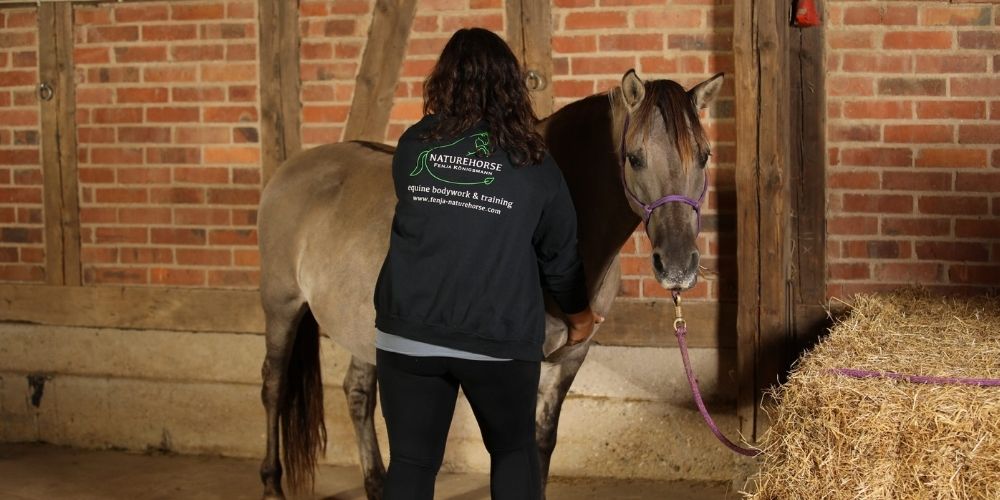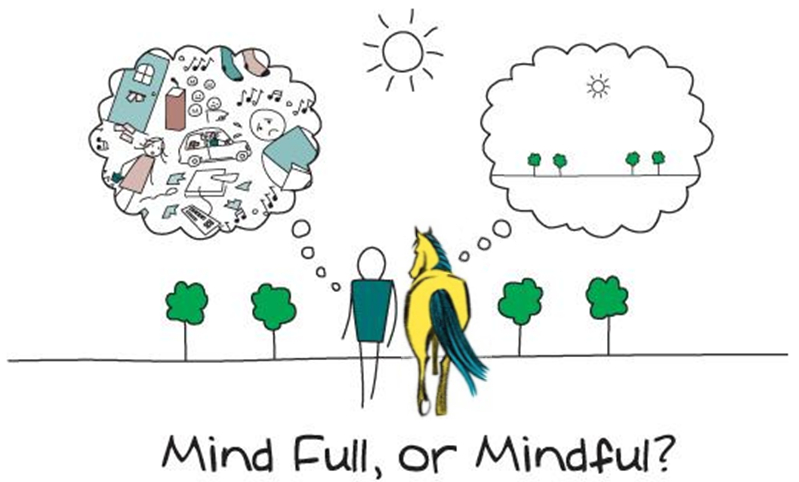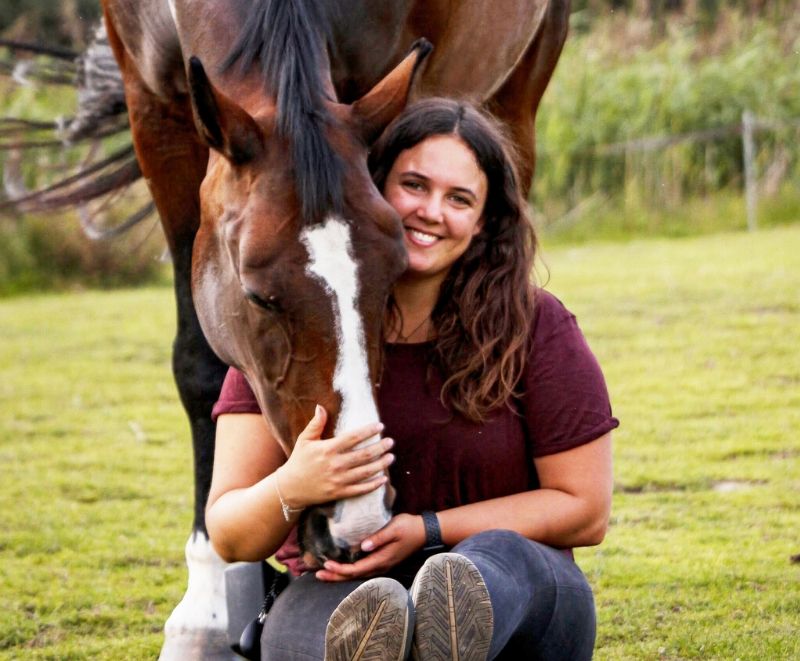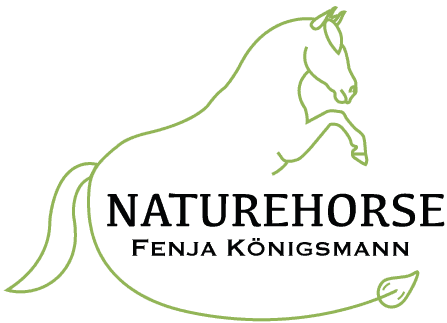
WHAT IS EQUINE OSTEOPATHY?
Osteopathy is a form of manual therapy that has been adapted from human osteopathy and translated to the anatomical and physiological needs of the equine.
As osteopaths, we work on the body as a whole, meaning we want to include all systems of the body. These include:
• the parietal system (muscles, bones, tendons, ligaments),
• the visceral system (organs),
• the cranio-sacral system (mechanical and fluidal connection between the head and the sacrum)
• the fascial system (connective tissue)
Our goal is to achieve a healthy homeostatic balance in the body and between all systems, so the body’s innate ability to self-correct can work as optimally as possible, bringing the body back to a healthier state. To do that we assess the mobility of every joint and the vitality of every system in the body, and then make a plan of treatment according to what we find. We have several different modalities we can use to address any lack of mobility we find in joints, organs, soft tissue, etcetera.
We work on the body, always keeping in mind and adhering to the principles of osteopathy.

THE PRINCIPLES OF OSTEOPATHY
• Cause and Effect: any symptom we end up seeing in the body is the result of some kind of change that has happened somewhere in the body. This change can be local (at or near the location of the symptom), but more often than not, the root cause of an issue will be found elsewhere. Meaning most symptoms we see are a result of Cause and Effect chains.
• Function determines structure & structure determines function: this means any change in a structure will (over time) change the function of that structure, and any change in function, will (over time) change the structure.
• Unity in complexity: the body is a socio-psycho-somatic totality, this means that anything that happens in one system of the body will have its repercussions on the rest of the body and its different systems. No part of the body can be seen as completely seperate from another, which is why it is so important that we address all systems of the body in osteopathy.
• The Vital Force: the body thrives to stay as healthy as possible in an optimal homeostatic balance. The body does this using all kinds of different processes (mechanical, chemical, neurological, vascular, etc.). The Vital Force is seen as an undefined energy that is the Force responsible for keeping the body in a state of homeostasis. This Vital Force can be seen as the equivalent to what we call Qi in TCM (Traditional Chinese Medicine).
• The Arterial Rule: the arterial rule describes the necessity of an artery to be unobstructed. This means that there cannot be any obstruction in any flow of fluid in the body. If there is an obstruction somewhere, this will lead to an area in the body that has a decreased resistance to dis-ease, meaning it will be more likely for this area of the body to develop problems. We call this area of decreased vascularity a terrain. And with a decrease in the flow of fluid also comes a decrease of the flow of Vital Force.
„To find health should be the object of the doctor. Anyone can find disease.“ – A.T. Still
PARIETAL OSTEOPATHY
Parietal osteopathy addesses the mobility of the musculo-skeletal-system. It’s purpose is to find any restrictions in the joints, muscles, tendons, ligaments, and fascia.
In osteopathy, we call any two anatomic structures that have motion between them a joint, meaning we want to assess and address the mobility of these joints in whatever way necessary.
Cranio sacral osteopathy works with the mechanical and fluidal connections of the cranium (the head) and the sacrum. The cranium consists of a lot of different cranial bones that are connected by sutures (joints in the cranium) and any of these sutures can be restricted and in turn have an effect on the vascular and/or neurologic structures running through them.
One of the most important joints in the head that we can address with Cranio-Sacral is the ‚SSB‘ (joint between the occiput and the sphenoid). Bottom line, this area of osteopathy addresses the mobility of the cranial bones, the brains’ membranous structures, the sacrum, as well as the flow of Cerebro-Spinal Fluid (fluid in and around brain and spinal cord).
CRANIOSACRAL OSTEOPATHY
VISCERAL OSTEOPATHY
This area of osteopathy is about addressing the mobility and motility of the inner organs and their surrounding structures. The sliding surfaces of the organs, its neighboring organs or other tissues need to be able to glide along each other without restrictions. When there are issues with the organ’s motility, that needs to be addressed for the organ and therefor the rest of the body to function optimally.
Because of the specific way the body is innervated (nerve supply), the organs play a tremendous role in the overall health of the body. A restriction/issue of an organ can have far reaching effects throughout the body – to keep it as simple as possible: for any one nerve running from the spine to an organ, there are four times as many running from an organ back to the spine. That indicates that it is 80% more likely for a restriction in the spine to be caused by an organ, which is why it is so important to address the viscera as well.
Intuitive-energetic osteopathy is about addressing stuck energy in the body. ‚E-motions‘ are energy in motion, and when we have obstructions in the body, this energy can get stuck. Over time these stuck e-motions can show up as physical symptoms in the body, meaning any symptom that manifests itself in the body, potentially has it’s root cause in an underlying emotional trauma/issue.
INTUITIVE-ENERGETIC OSTEOPATHY
„Find it. Fix it. And let Nature do the rest!“ – A.T. Still

When & why do I call an Osteopath?
Osteopathy is not just a last-ditch effort to address health concerns; it’s a proactive approach to maintaining your animal’s well-being and preventing issues from arising in the first place. Waiting until problems become severe can be counterproductive, while early intervention can lead to healthier, happier animals.
Pre-Habilitation: one important aspect is to consider „pre-hab“ over „re-hab.“ Instead of waiting for your animal to develop severe issues that require rehabilitation, consider osteopathy as a preventive measure. Regular osteopathic care helps maintain your animal’s body, keeping it in peak condition and minimizing the need for medical interventions.
Aside from having an osteopath work on your animal as part of regular maintenance/pre-hab, here are a few signs and symptoms to consider when deciding whether osteopathy is the right fit for you and your animal:
- reduced/changed performance
- unexplained and/or recurring lameness
- back problems
- muscle imbalances, atrophy and/or spasm/tension
- abnormal body postures (eg. tilting of head or tail, standing parked out, etc.)
- gait irregularities and/or changes
- lack/change in focus and concentration
- behavioral changes (emotional or otherwise)
- sensitivity to touching or brushing
- difficulty tacking up (cinchyness, etc.)
- (becoming) head-shy
- difficulty with shoeing
- problems with head tossing/shaking
- difficulty with taking canter leads, or cross firing, pulling uphill or rushing downhill
- (recurring) stiffness in particular areas
- reluctance/refusal to move (walk, trot, canter, jumping, etc.)
- bucking, bolting, rearing, kicking, biting, etc.
- after old soft tissue injuries/overstrains (muscles, tendons, ligaments)
- to reduce stress on muscles and joints
- after accidents/traumas: eg. horses that have broken halters, pulled back, fallen, slipped, etc.
Osteopathy is a holistic approach that seeks to maintain balance and harmony in your animal’s body. It helps animals live their best, most pain-free lives, whether they’re active athletes or beloved companions. So, don’t wait for problems to escalate; consider osteopathy as a proactive step in your animal’s health journey.
THE PROCESS OF A OSTEOPATHY SESSION
„MOBILITY IS LIFE!“

CONTACT ME
I offer my services in California, Oregon, Texas, Massachusetts and Germany (& other areas upon request).
Feel free to contact me for a first conversation!
